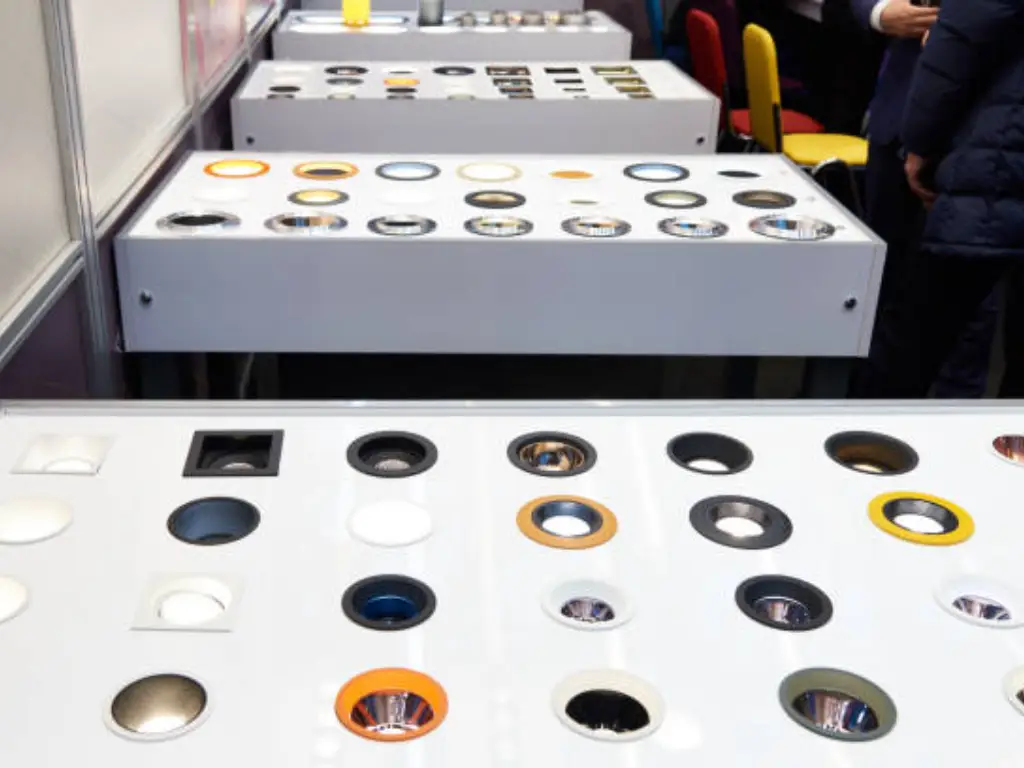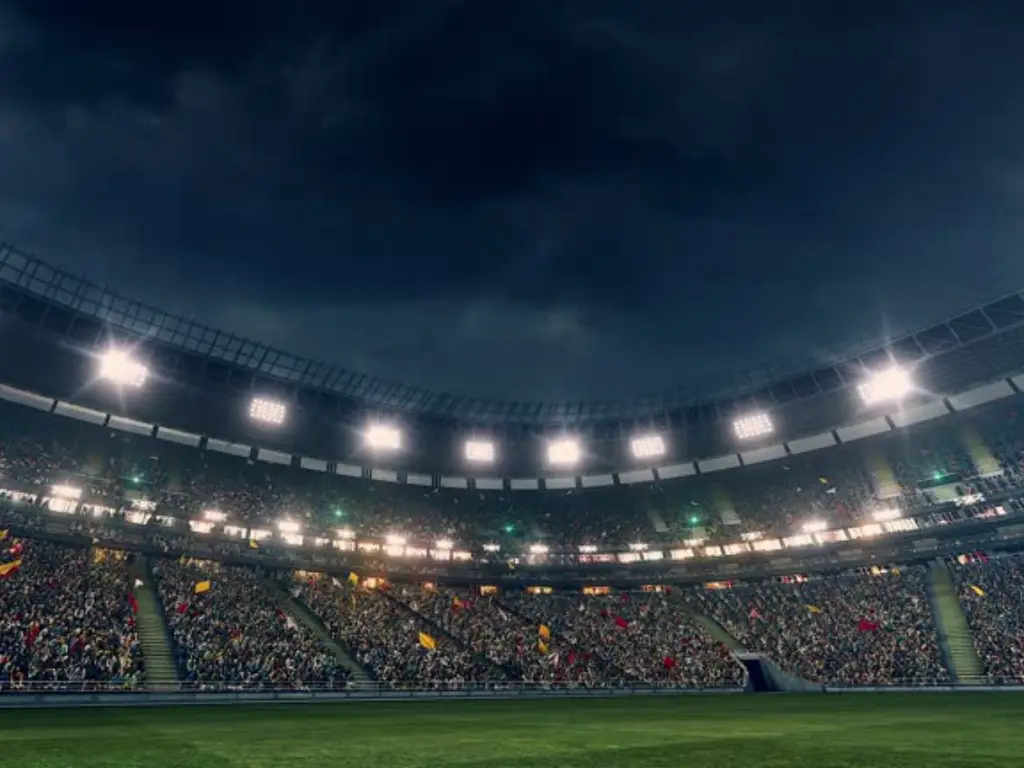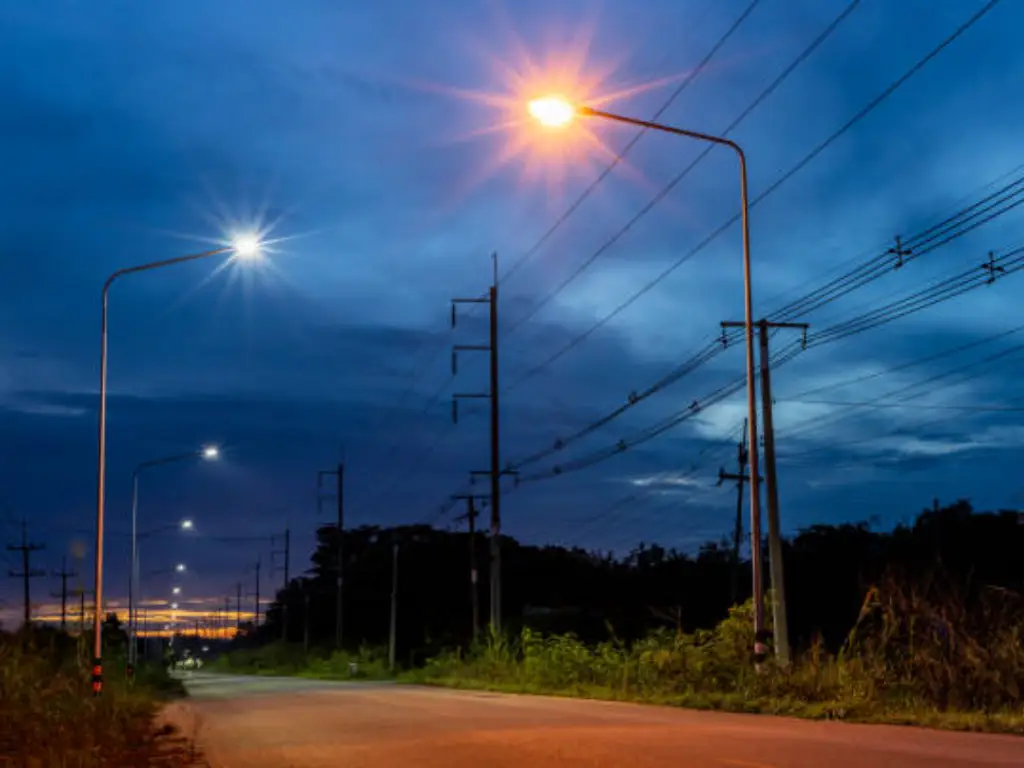Introduction
You are likely to spot the classical performance of bugs, such as mosquitoes and spiders hovering around your lights for quite some time now. With environmental changes, the aggravation of this age-old issue prompts many homeowners to believe that there is a solution for brightness problems courtesy of LED technology. Could these lightning conversion systems help energy consumption and insect reduction at the same time? The response, as with multiple things in nature, is not as delicate as an unsophisticated system of yes or no.
This guide approaches the issue of bug fascination with light from various perspectives which include an outline of the features that are most captivating or unattractive to bugs and in addition, advances functionality for active light sources. It is designed with a clear goal of providing you with clever information that factors with, against, or neutral when it comes to helping you harness insects, mosquitoes, and other unwanted buzzing creatures from illuminated outdoor areas.
Why Bugs Are Attracted to Light
Before evaluating if LED lights attract fewer bugs compared to other light sources, it’s important to dissect the reasons behind insect attraction towards light across the light spectrum, also known as phototaxis. Phototaxis is a combination of factors that is quite complex.
Why Heat Emission Matters
Incandescent and halogen bulbs emit copious amounts of heat as a byproduct of light output. For instance, a typical 100-watt incandescent bulb emits around 95% of the energy as heat instead of light. Most nocturnal insects rely heavily on thermal cues and in this instance, the essence of warmth emitted by conventional bulbs is a magnet to certain types of insects, especially after studies have demonstrated how moths and mosquitoes detect exquisite temperature changes. Other forms of light, such as LED, emit far less heat and are therefore not nearly as appealing to insects.
Although garish, this ostentatious heat signature serves well for most heat-seeking insects. Because light such as LEDs does not produce nearly as much thermal energy, these types of lights naturally become far less intriguing for most insects.
How Ultraviolet (UV) Light Draws Bugs
Beyond heat, ultraviolet (UV) light takes center stage in attracting a multitude of bugs. Many insects have photoreceptors that are affected by the color of light, which humans cannot see, and the UV range. Insects use it for several reasons such as; navigation, searching for nectar-filled flowers, and finding other insects.
Sources of light like fluorescent lights or less incandescent bulbs, produce UV radiation. For example, some fluorescent bulbs have the capacity to produce 25% of their total light into UV light. Mimicking the natural UV light emitted from flowers and other attractants, causes bugs to hover towards the light. Studies show that moths, flies, and beetles, for example, are known to be sensitive to UV levels from 300-400 nanometers.
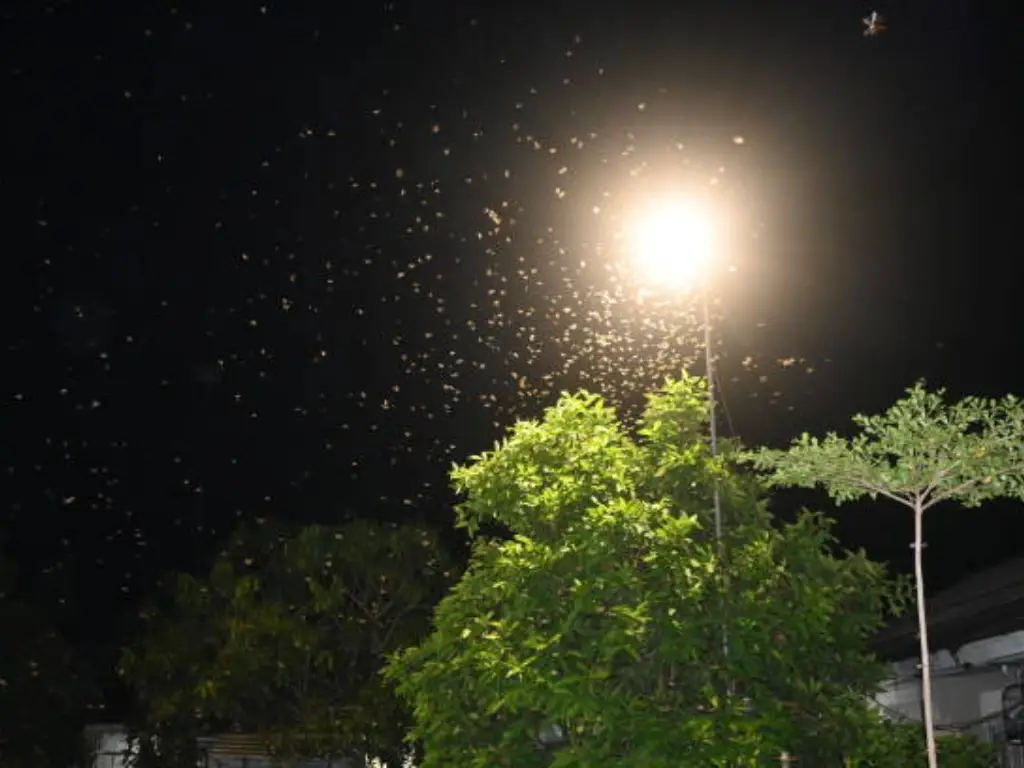
Do LED Lights Attract Bugs? LED vs Traditional Lighting
Now, let us concentrate on the main question at hand, do LED lights draw bugs? When discussing the comparison of other sources of light, the answer drifts to a strong no, however, based on the color of the light, it is necessary to a few caveats.
Heat Output Comparison
The energy consumption of LEDs, like any other appliance, comes at the most reasonable price. LEDs produce considerable light, as LEDs convert a much greater portion of energy into visible light. Unlike incandescent bulbs which waste the majority of their energy as heat. An LED bulb, for instance, consumes only ten watts of power while producing the same amount of light as a 60-watt incandescent bulb.
The heat output is economically lower, too. An LED bulb’s surface temperature can be around thirty degrees Celsius or 86 degrees Fahrenheit, whilst incandescent bulbs surpass 200 degrees Fahrenheit or 93 degrees Celsius. This lessened heat makes infrared light capable of increasing the operating life of the LEDs. Such attributes granted LEDs the ability to attract or repel insects more efficiently which results in lower counts of bugs.
Ultraviolet Radiation Levels
Some key aspects that differentiate LED lights from traditional light bulbs include the emission of ultraviolet lights. Standard LED lights are fitted to produce only light that can be visible to the human eye and do not emit any UV light. This is also very beneficial as regards fluorescent and incandescent bulbs which do emit notable amounts of UV radiation as earlier explained.
The significant ultraviolet light emission from LEDs means that, unlike other traditional bulbs, they do not appeal to most insects. Research conducted on whether insects are attracted to light has shown that LED lights, unlike fluorescent bulbs, do not capture the attention of many UV light-sensitive insects.
Color Temperature Impacts
While LEDs generally emit less heat and UV, the color temperature of the LED light can still play a role in attracting certain insects. Color temperature is measured in Kelvin (K) and indicates the “warmth” or “coolness” of the light. Lower Kelvin values (e.g., 2700K-3000K) produce a warmer, yellowish light, while higher Kelvin values (e.g., 5000K-6500K) produce a cooler, bluish-white light.
Research suggests that insects are generally more attracted to cooler, bluish-white light colors. This is because the shorter wavelengths of blue light are more visible to many insects and can mimic the sky or certain types of vegetation they are drawn to. Conversely, warmer, yellowish light colors with longer wavelengths are less attractive to most insects.
| Light Source | Approximate Heat Output | Approximate UV Emission | General Bug Attraction |
| Incandescent Bulb | High | Moderate | High |
| Fluorescent Bulb | Moderate | High | Moderate to High |
| Halogen Bulb | High | Low to Moderate | Moderate |
| LED Bulb (Cool White) | Low | Very Low | Low to Moderate |
| LED Bulb (Warm White) | Low | Very Low | Low |
This table illustrates the general trends in heat output, UV emission, and bug attraction across different light sources. As you can see, warm white LEDs tend to be the least attractive option for insects based on these factors.
Beyond the Bulb: Other Factors Attracting Outdoor Pests
The selection of light sources that serve as a significant factor for determining the attractiveness of your outdoor lighting to the insects is multifaceted because, without regard to how you light, other environmental factors could still draw insects to your outdoors. Knowing these can assist you to think more broadly about pest control within the surrounding environment and further minimize the insect population.
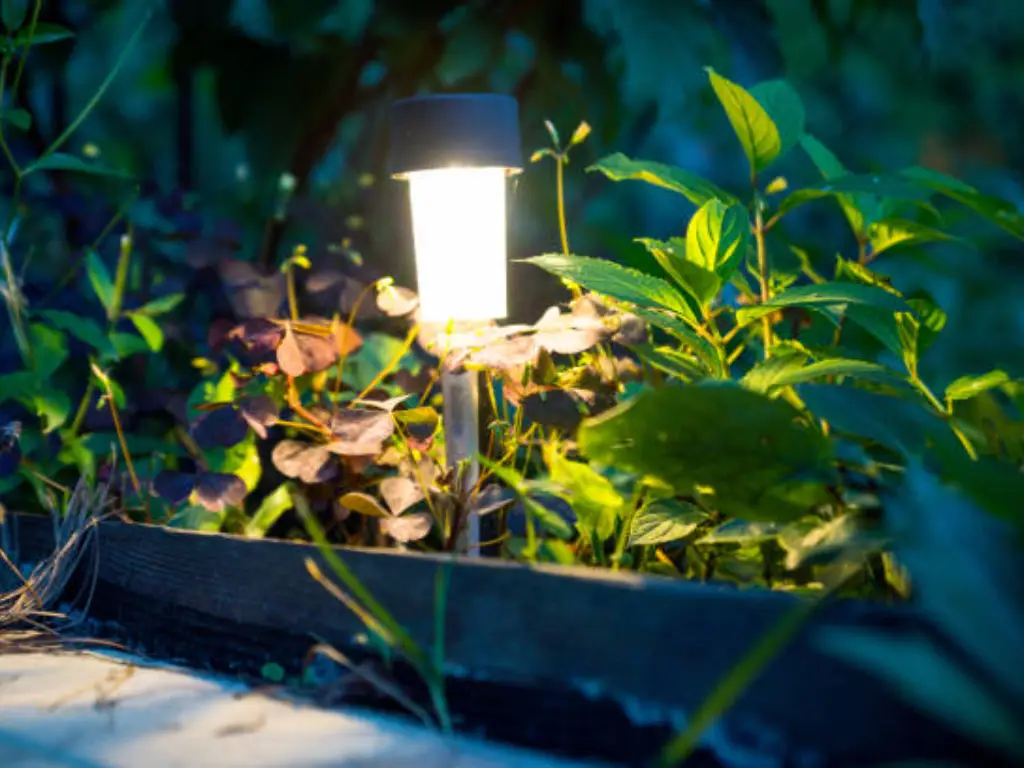
- CO2 Emissions: Humans and their pets produce carbon dioxide during respiration which happens to be the primary goal for mosquitoes, midges, and some other biting insects. While your lighting choices might not reasonably affect CO2 levels, your understanding of these emissions will explain some of the bugs remaining in the area with the bug-repellent lights.
- Plant Volatiles: Numerous plants generate certain kinds of VOCs (Volatile Organic Compounds) which some sets of insects are bound to find attractive. Especially, some flowering plants produce fragrances that serve to attract not only pollinators but other insects as well. If you have done landscaping with a considerable number of fragrant plants adjoining your outdoor lighting, no matter the light colors chosen, some insect activity will still be observed.
- Environmental Humidity: Certain insects like mosquitoes and gnats are attracted by high humidity levels, which is common in tropical or subtropical areas near water bodies. The surrounding environment’s humidity can determine the amount of insects that are attracted to your outdoor spaces.
- Installation Height Errors: Installing outdoor lights at lower heights will invite ground-dwelling insects to your premises. Keeping shrubs and trees trimmed can help in reducing the amount of vegetation to attracts these pests, but elevating your light fixtures also helps with mitigating the appeal these outdoor lights have to insects.
How to Reduce Bug Attraction by 70%
Switching to warm-toned LED lights can help with bug attraction, but there are some other measures you can take to make the problem less of an issue. With a combination of the correct lighting and the right practices, aiming for a 70% reduction in bug attraction is achievable.
Optimal Color Temperature Selection
As we discussed previously, your LED bulb’s color temperature is important. Select bulbs with a color temperature of 2700K to 3000K (warm white) for the best results with bug attraction. Compared to the cooler, bluish-white light of higher Kelvin temperatures, these emit a yellowish light that is less appealing to most insects. Additionally, some manufacturers provide specific “bug light” LEDs, which typically emit a yellow or amber light around 2000K or lower. These are designed to be minimally attractive to insects.
Strategic Fixture Placement
Likewise, the placement of your outdoor light fixtures can make a difference. Here’s what to consider:
- Distance from Gathering Areas: Move lights further from patios, decks, and other areas where people tend to gather. This puts a buffer zone around you that can reduce the number of bugs drawn to the light near you.
- Height and Direction: Lights should not be aimed horizontally but instead, mounted higher with the beam directed downwards. This way, the said areas can be seen without the light ‘fishing’ for bugs from afar. Consider placing shielded fixtures that put light only where it’s required.
- Avoid Lighting Plants Directly: Try as much as possible not to light flowering plants or flowering shrubs. Even some flowering shrubs can be hot spots of bugs.
Smart Lighting Controls
Using intelligent lighting controls can help as well in bug reduction by controlling the time the lights are on:
- Motion Sensor Lights: Set up motion sensors for lights in areas where light is required periodically as a person moves around. This reduces the continuous light source which attracts bugs.
- Timers: Turn off outdoor lights automatically after an hour or so during peak bug activity times using an automatic timer.
- Dimmer Switches: Try incorporating dimmer switches for your outdoor lighting options. Decreasing the intensity of light emitted may attract fewer insects.
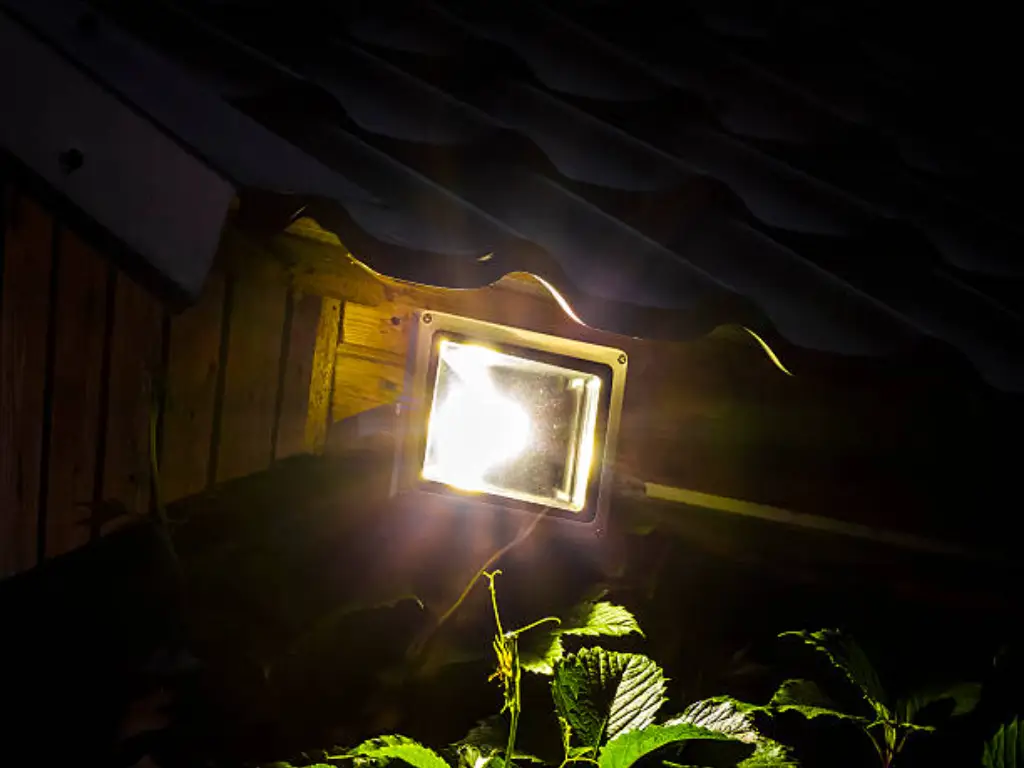
Wosen LED Outdoor Lighting: Illuminate Your Space, Not the Bugs
For over 30 years, WOSEN has established itself as a forerunner in the manufacture of high-standard LED lights. In our years of experience, we have noted how outdoor lighting particularly draws insects, which proves to be a concern. With such experience, we make sure that outdoor lights that use LEDs are designed to give the user the comfort they need and perform as required.
At WOSEN, we design and manufacture all types of outdoor lighting fixtures, including LED street lamps, industrial and commercial flood lights, mining lamps, wall lights, and more. We have always understood that energy efficiency and the minimum emission of used materials are a priority in environmentally friendly devices. Our proven quality is further confirmed by the presence of us, CE, RoHS, SAA certified,d, and ISO9001 marks.
Furthermore, our durable construction enables us to provide 5 to 7 years of warranty which enhances confidence in our products. Other than that, varying color temperatures can be produced, including the warm white (2700K) which studies show minimizes bug attraction. Our IP65, IP66, and IP67-rated waterproofs together with antifreeze strips can help reduce moisture buildup. Additionally, optional human and radar sensors greatly increase the efficiency of the lights enabling them to switch on only when needed, thus aiding in not lighting the area up unnecessarily that can attract pests.
Selecting WOSEN LED outdoor lighting means you can enjoy your evenings outside while being well-illuminated and protected from uncomfortable bugs.
Conclusion: Enjoy Your Outdoors, Brighter and Bug-Free with the Right LEDs
LED lights, particularly warm-colored ones, are better suited for outdoor lighting due to their considerably lower warmth and minimal UV light emission in comparison to incandescent and fluorescent bulbs that bugs tend to gravitate towards, making them a better choice for reducing insect attraction.
With smart choices, you can manage bug attraction to a light source to achieve a significant reduction around the outer areas of your home. Always make sure to use warm white LEDs, allow smart controls, and strategically place your fixtures to minimize attraction.
Working with quality manufacturers such as Wosen can allow you to achieve beautiful outdoor lighting without the fear of attracting mosquitoes and other unwanted insects, greatly improving the environment around your home.

